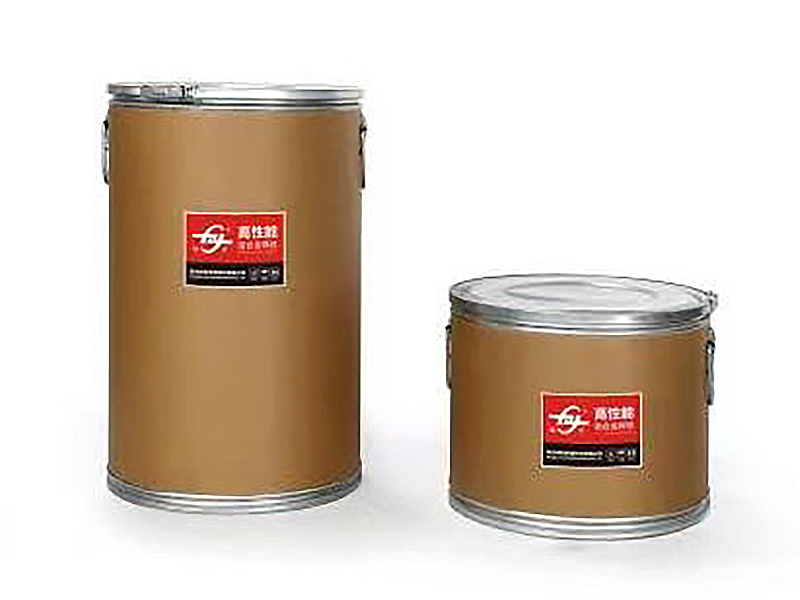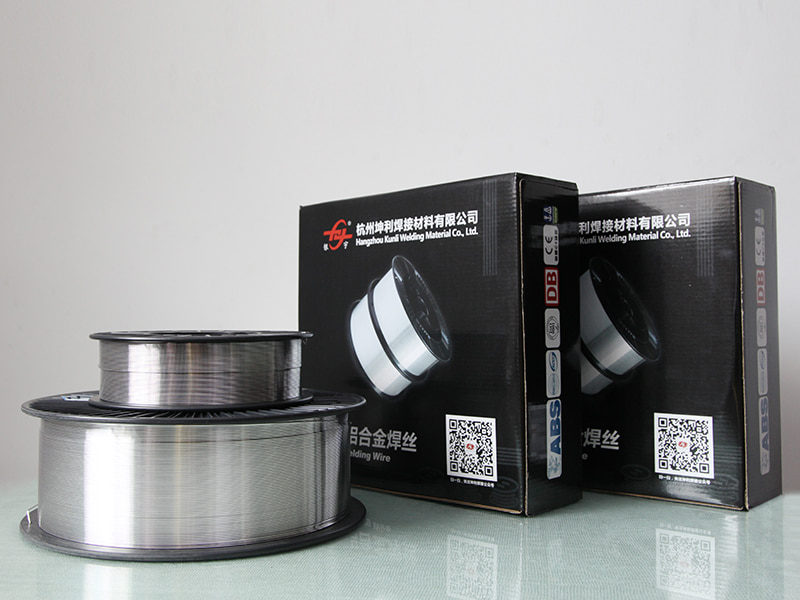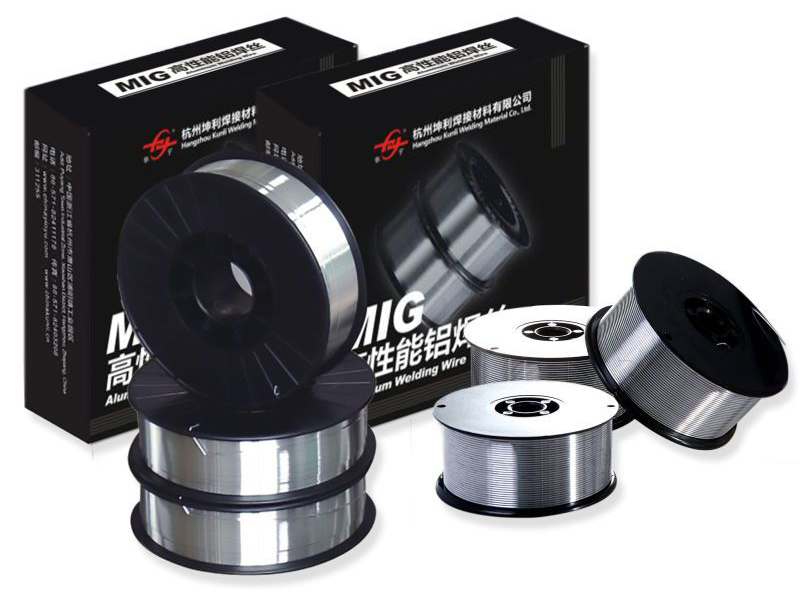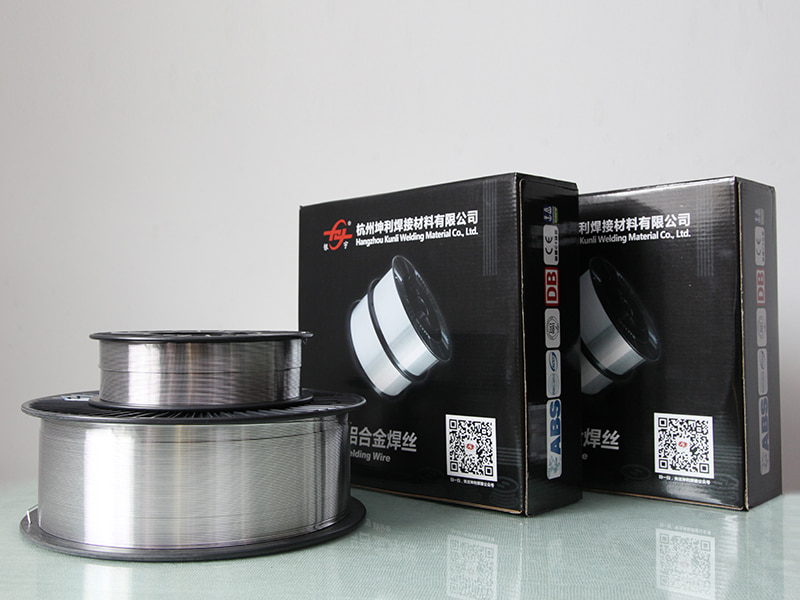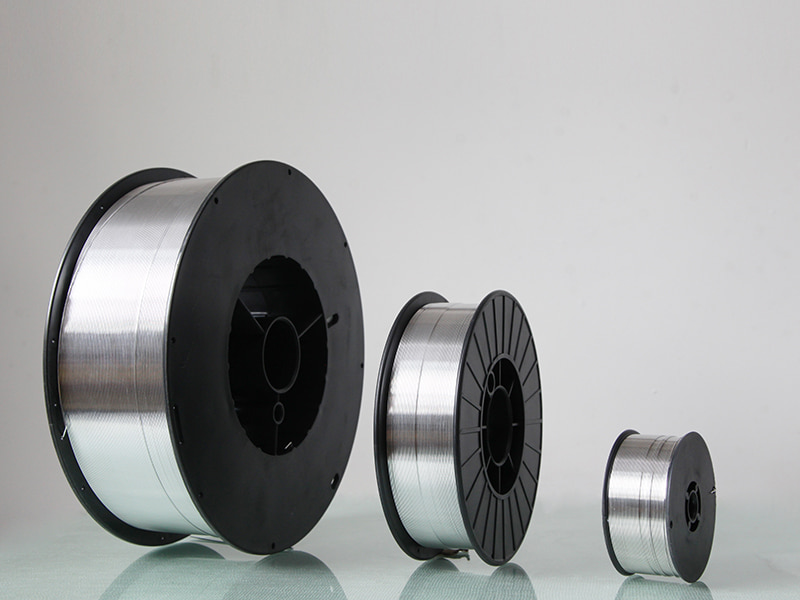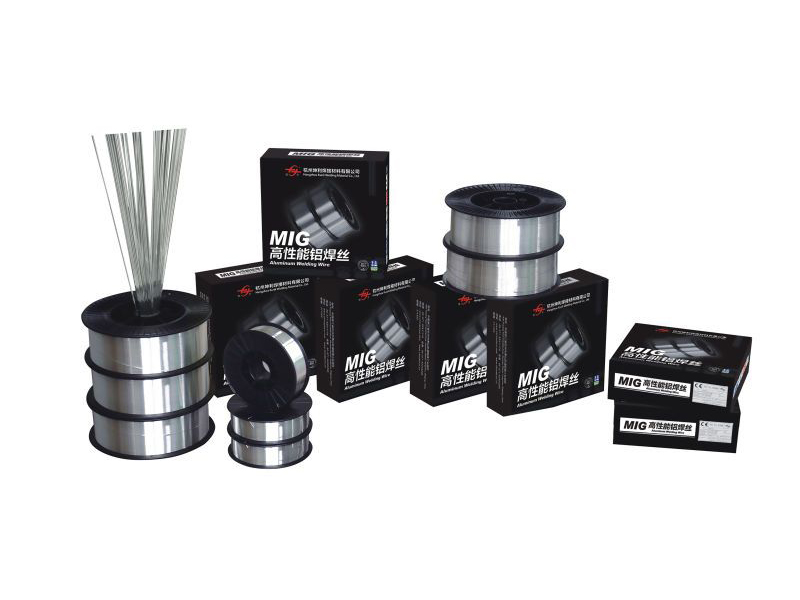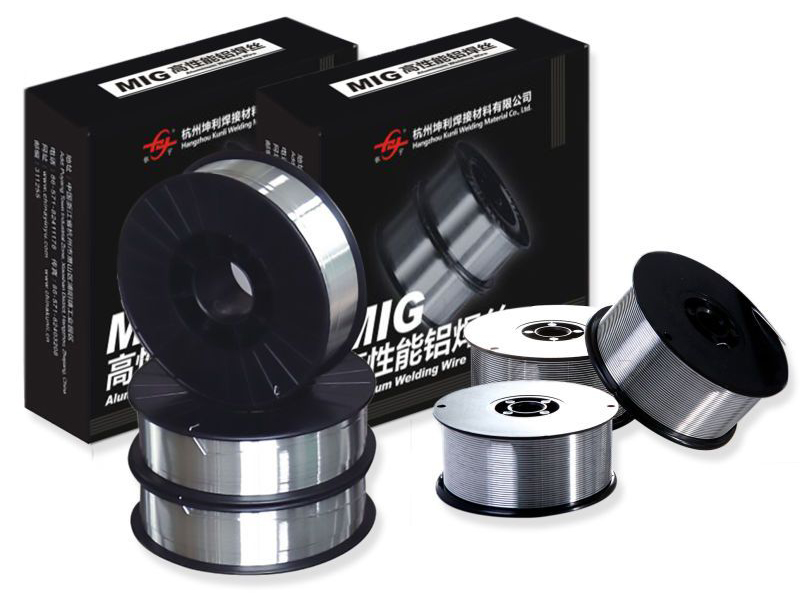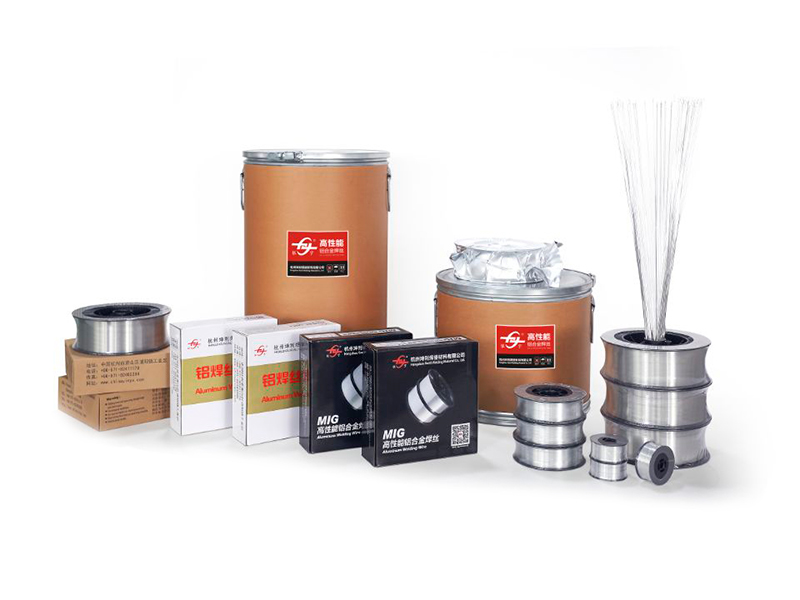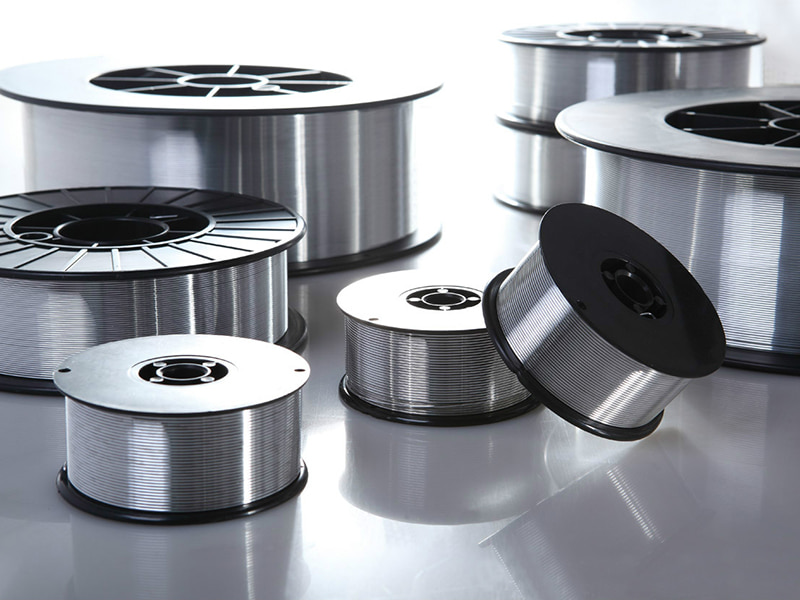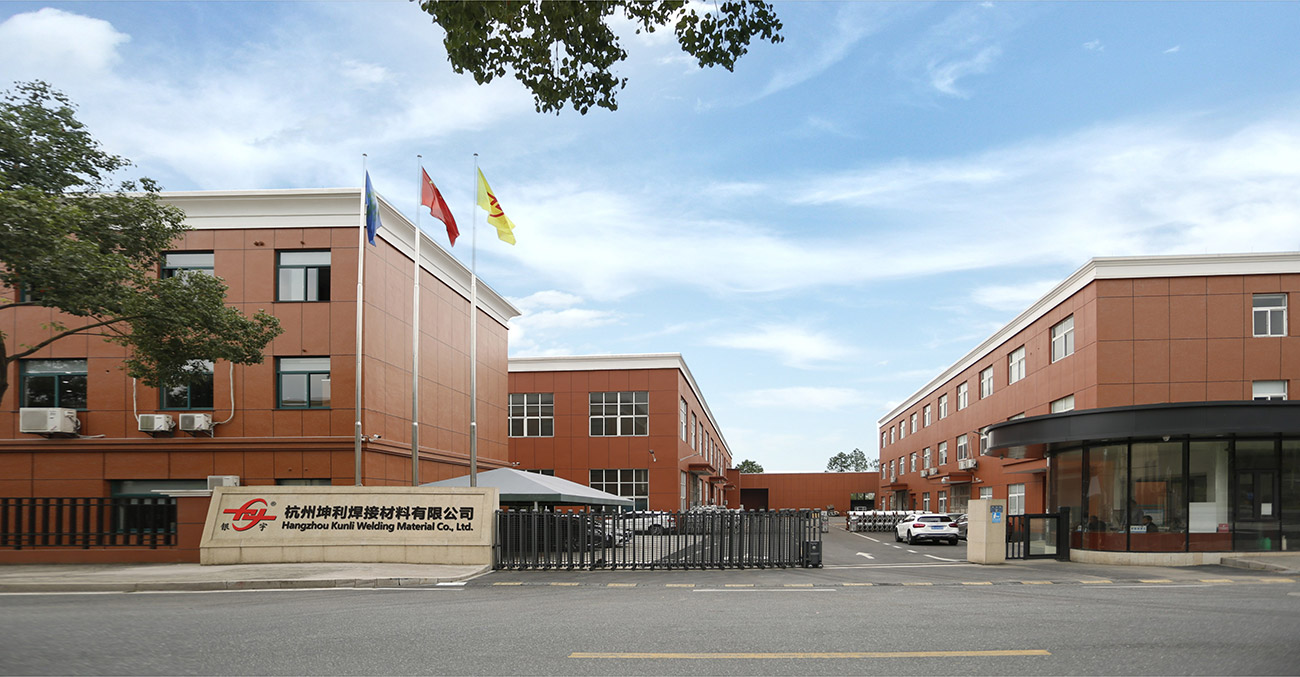Introduction
The shift towards lightweighting in the automotive sector demands highly consistent and efficient aluminum welding materials. Our wires are designed for automated production lines, offering stable arc performance at high travel speeds, which is essential for maximizing throughput and minimizing rework. We focus on compositions (4XXX and 5XXX) that provide strong, ductile welds capable of withstanding crash forces and contributing to the overall structural integrity and safety of the vehicle chassis and components.
Specification
| Classification (AWS) | ER4043 / ER5356 / ER5183 |
| Key Property | Ductility and energy absorption capability |
| Base Metal Compatibility | 6061, 6063, 5000 series sheet and extrusion alloys |
| Wire Surface Finish | Extremely bright and clean (low friction feed) |
| Packaging | Large drums (approx. 200kg) for continuous robotic feeding |
Applications
Body-in-white (BIW) assembly and joining of aluminum chassis frames.
Welding of engine cradles, suspension components, and energy absorption structures.
Fabrication of aluminum wheels, bumpers, and heat exchangers.
Robotic MIG welding and laser-hybrid processes in Tier 1 and OEM facilities.
FAQ
- Q: Which filler metal is typically chosen for welding 6000 series auto body alloys?
- A: ER4043 is a common choice due to its low melting point and flow characteristics, though ER5356 is often used when a higher as-welded strength is required, despite its higher sensitivity to dilution.
- Q: Can your wires reduce issues with burn-through on thin-gauge automotive aluminum sheets?
- A: Yes, our wires are engineered for stable arc initiation and consistent melting, which, when combined with optimized feed rates, significantly helps in controlling heat input on thin materials.
 English
English Deutsch
Deutsch
 English
English Deutsch
Deutsch

